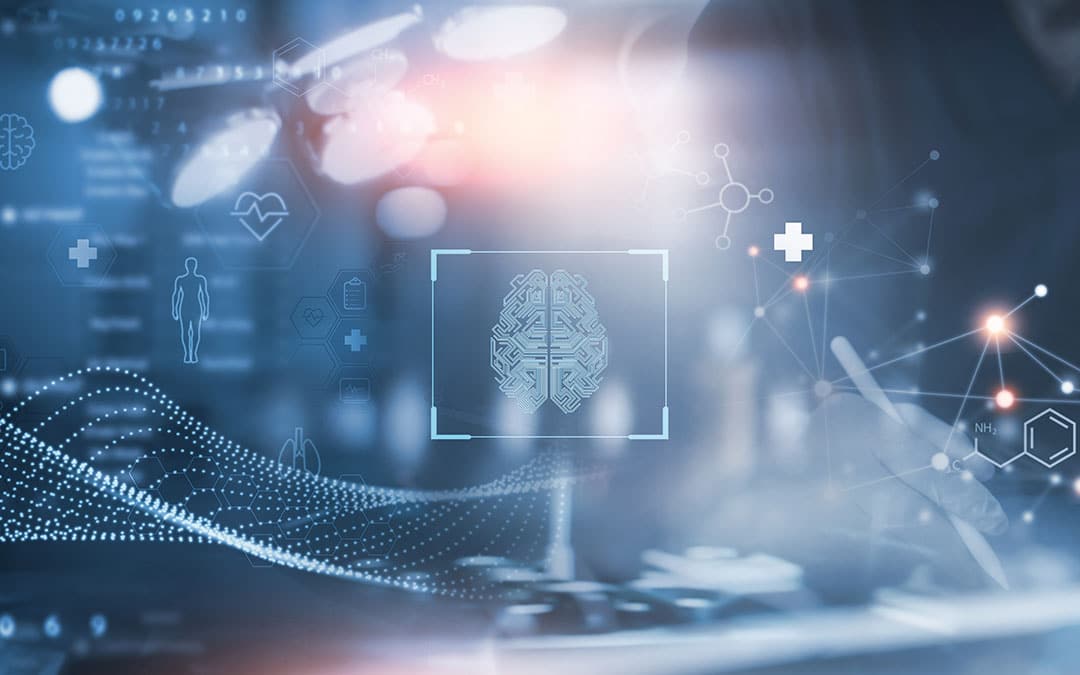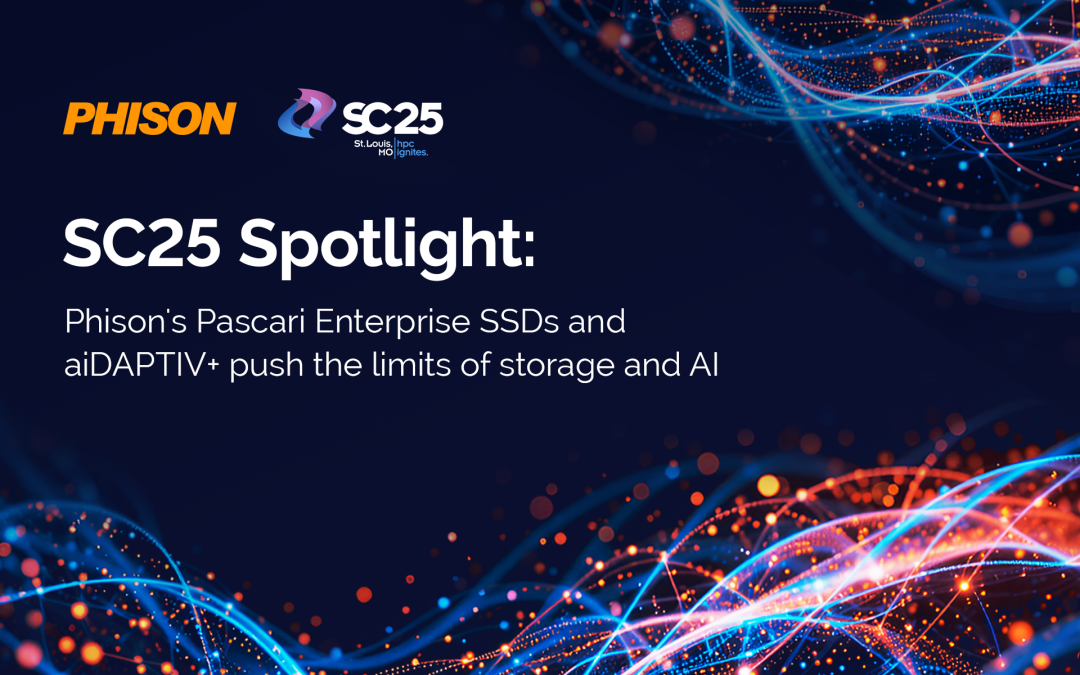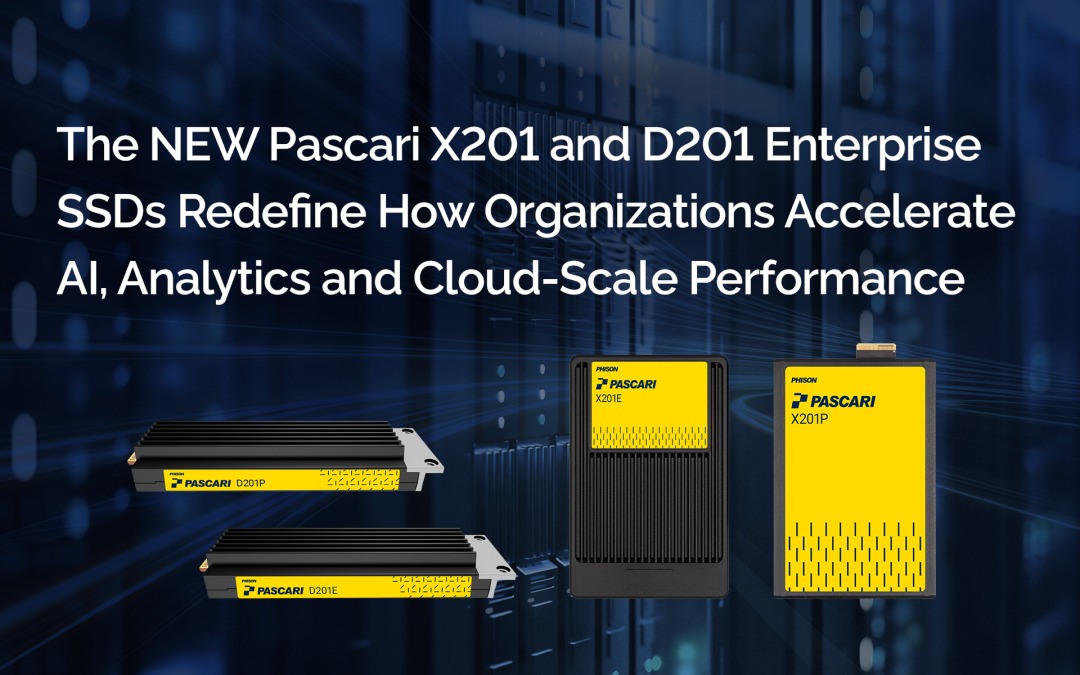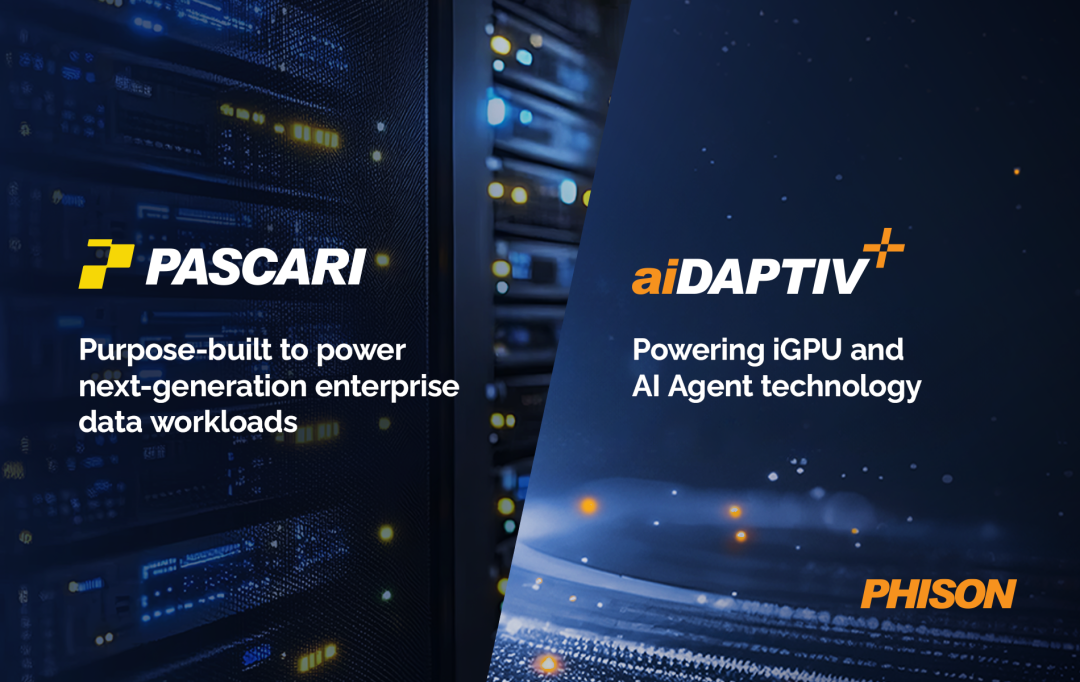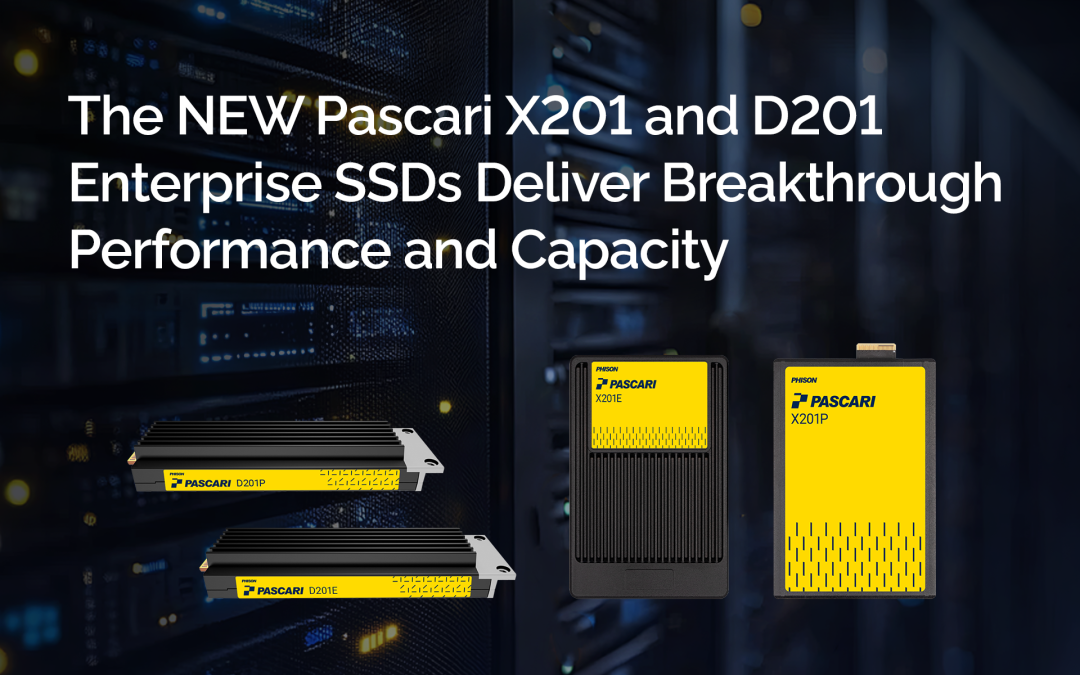Data is the lifeblood of research. It always has been, but with today’s advanced technologies, researchers in life sciences, medical and pharmaceutical industries are finding more innovative ways to combine and study data to power their life-saving (or life-improving) breakthroughs.
The better an organization can collect and analyze data, the more accurate and beneficial their findings will be. Competition among researchers can be quite fierce, and success often goes to the teams that can extract value from their data the most effectively. That’s probably why a 2021 study showed that more than half of pharmaceutical leaders felt that improving data and analytics fluency in their organizations was a top priority for the coming year. The need for data science literacy and ways to use data has only grown more acute since then.
The technologies that are unlocking insights in research today
Big data is the key to medical research findings. It can take massive amounts of information to power big projects in genomics, bioinformatics, predictive biology, chemistry, pharmacology and so on. Fortunately, advanced technologies have emerged to enable researchers to put that data to work. These include:
-
-
- Data analytics – This involves gathering data; cleaning (or “scrubbing”) it to distill it down to a high-quality dataset without duplications or errors; creating models for analysis; data mining to identify patterns and anomalies; and interpreting the data and findings to uncover insights.
-
-
-
- AI and machine learning (ML) – These technologies assist in data analytics because AI and ML can chew through enormous volumes of data very quickly and find those patterns and relationships faster and more efficiently than ever. With ML, a research platform can essentially teach itself and become smarter about what’s relevant and what isn’t as it receives more data. These platforms can help lead teams to insights they never would have noticed before.
-
-
-
- High-performance computing (HPC) – Because research requires so much data and high-performance AI, ML and analytics systems, teams must use HPC systems designed to handle the intensive workloads research creates. In the past, the only HPC systems available were massive supercomputers typically owned by governments or educational institutions. Today, however, computing capabilities have advanced so much that, with the right software and applications, teams can achieve HPC levels of performance on commodity servers.
-
Researchers typically use a combination of these technologies to get the necessary insights out of their data. With big data, a good analytics platform, AI, ML and HPC, today’s researchers can create safer, more effective products, accelerate research phases, identify new molecules that have potential to treat diseases, improve product effectiveness, identify populations at risk for specific conditions, predict and respond to outbreaks more efficiently, predict post-surgery complications, streamline diagnosis, improve medical equipment’s efficiency and much more.
Here’s just one example of what can result when big data is combined with the latest technologies: The Department of Energy Office of Science partnered with the National Institutes of Health in 1990 to sequence the entire 3 billion base pair human genome. The project took 10 years and cost almost $4 billion. Today, however, thanks to improved computing capabilities and other technology, a human genome can be sequenced in less than 24 hours for about half the price of the latest iPhone.
Big data creates even bigger expectations in data storage
A recent article for Clinical Leader states that in 2012, it was estimated that Phase 3 medical research studies collected close to 1 million data points. Today, however, healthcare data points are measured in the billions. The article then goes on to say: “This dramatic increase demands the adoption of new strategies to improve the collection, processing, and archiving of data supporting this new scale.”
Data storage for medical research projects needs to be able to handle huge amounts of data without compromising performance. Systems that use AI, ML and data analytics must deliver low latency and high throughput. They must be able to support both read-intensive and write-intensive workloads. They require an infrastructure that can support quick scalability and not consume too much power.
Traditional data storage can no longer keep up with the storage needs of advanced medical and life sciences research. These systems are creating bottlenecks and slowing down research and clinical trials—which means a longer wait for actual breakthroughs.
Part of the problem is that life sciences companies simply aren’t undergoing digital transformation very quickly. A recent McKinsey report found that, even in 2022, life sciences companies still lag behind digital maturity leaders in other industries by a factor or two to three times, “without any clear signs of catching up.”
These organizations need a new approach to data storage—one that can support today’s advanced demands. It should be able to break down data silos and make data sharing more efficient; easily scale as needed; and be able to support the high-performance demands of data analytics, HPC, AI and ML.
How Phison can help
Because of the need for fast response times and low latency—and the overall size of research datasets—solid state drives (SSDs) are a smart choice for data storage. In fact, organizations are increasingly moving toward all-flash storage arrays. SSDs offer higher transfer rates and lower latency than traditional hard disk drives (HDDs) and also consume less power.
As a world leader in NAND flash SSDs and other data storage solutions, Phison has a range of products designed to meet today’s intensive storage demands. For instance, the company’s Enterprise SSD platform supports the storage and performance needs of AI, ML, HPC and data analytics platforms. It can help eliminate the challenges of:
-
-
- Ultra-large data sets
- Need for high performance and fast data streaming for CPUs and GPUs
- Mechanical vulnerabilities of HDDs
-
With Phison, organizations can achieve the faster, smarter infrastructure their medical research requires.
